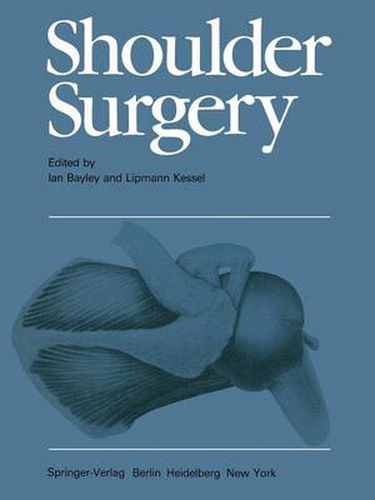Readings Newsletter
Become a Readings Member to make your shopping experience even easier.
Sign in or sign up for free!
You’re not far away from qualifying for FREE standard shipping within Australia
You’ve qualified for FREE standard shipping within Australia
The cart is loading…






This title is printed to order. This book may have been self-published. If so, we cannot guarantee the quality of the content. In the main most books will have gone through the editing process however some may not. We therefore suggest that you be aware of this before ordering this book. If in doubt check either the author or publisher’s details as we are unable to accept any returns unless they are faulty. Please contact us if you have any questions.
It is interesting to observe the evolution of medical education over the years. The massive textbooks of the past have almost disappeared except as works of library reference. In their place we now find an increasing number of publications which explore the detail of particular specialities and sub-specialities. Once the young surgeon has acquired his basic knowledge of surgery in general (as it is now called), postgraduate education, whilst seeking to maintain the general scientific and humanistic principles of surgery, is forced to provide specialised reference works in a whole variety of fields, amongst which the postgraduate will choose his own future interest. This tendency emphasises the importance of the Conference on Surgery of the Shoulder organised by Professor Kessel and his colleagues. This first inter national gathering of surgeons and others in related disciplines who are interested in the disorders of the shoulder was self-funded under the aegis of the Institute of Orthopaedics and University of London, and it is to be hoped that other Universities, hospitals and medical foundations will give maximal financial and moral support for further ventures of this kind. This volume places on record the concepts and practices of those interested in the injury and disease of the shoulder joint, and thus becomes a reflection of our knowledge in this field in the second half of the twentieth century.
$9.00 standard shipping within Australia
FREE standard shipping within Australia for orders over $100.00
Express & International shipping calculated at checkout
This title is printed to order. This book may have been self-published. If so, we cannot guarantee the quality of the content. In the main most books will have gone through the editing process however some may not. We therefore suggest that you be aware of this before ordering this book. If in doubt check either the author or publisher’s details as we are unable to accept any returns unless they are faulty. Please contact us if you have any questions.
It is interesting to observe the evolution of medical education over the years. The massive textbooks of the past have almost disappeared except as works of library reference. In their place we now find an increasing number of publications which explore the detail of particular specialities and sub-specialities. Once the young surgeon has acquired his basic knowledge of surgery in general (as it is now called), postgraduate education, whilst seeking to maintain the general scientific and humanistic principles of surgery, is forced to provide specialised reference works in a whole variety of fields, amongst which the postgraduate will choose his own future interest. This tendency emphasises the importance of the Conference on Surgery of the Shoulder organised by Professor Kessel and his colleagues. This first inter national gathering of surgeons and others in related disciplines who are interested in the disorders of the shoulder was self-funded under the aegis of the Institute of Orthopaedics and University of London, and it is to be hoped that other Universities, hospitals and medical foundations will give maximal financial and moral support for further ventures of this kind. This volume places on record the concepts and practices of those interested in the injury and disease of the shoulder joint, and thus becomes a reflection of our knowledge in this field in the second half of the twentieth century.